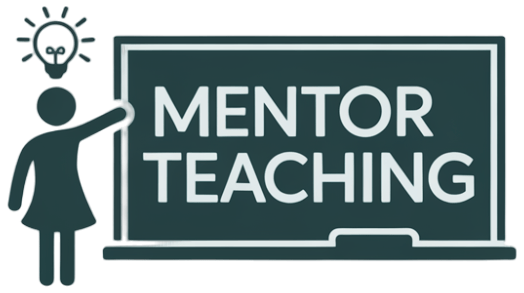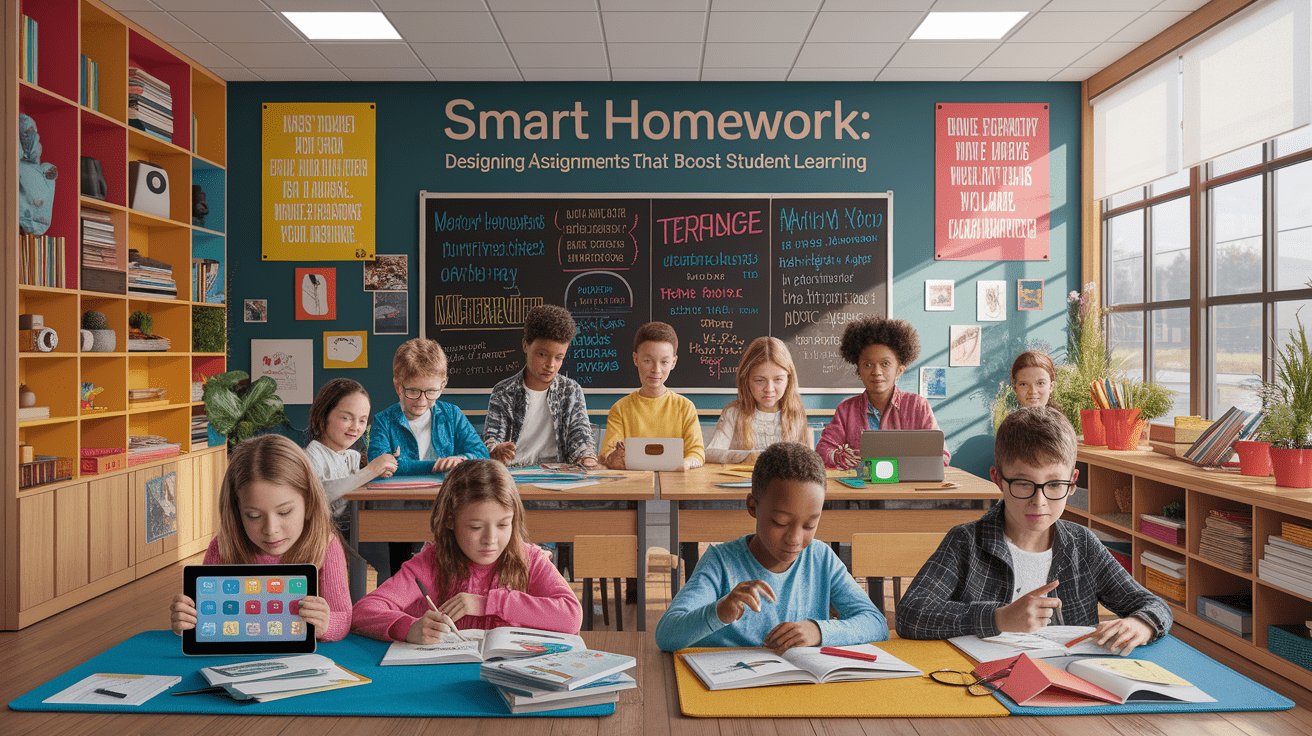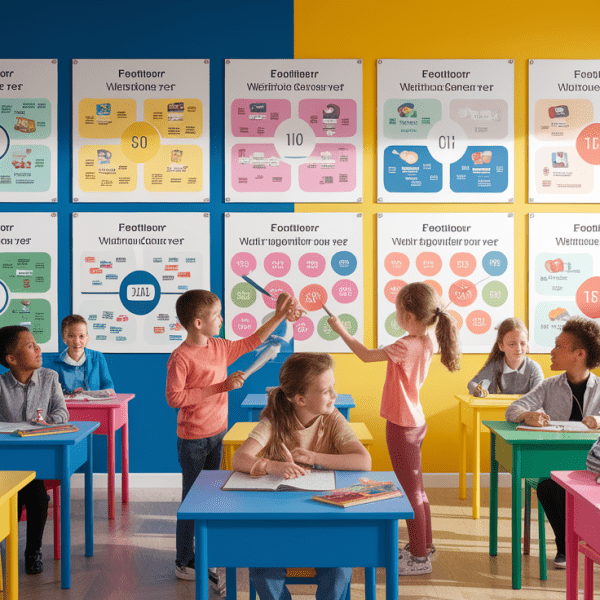Introduction: Homework That Works
Ah, homework — a word that can make students groan and teachers sigh. But what if homework felt less like a chore and more like an exciting adventure to deepen learning? The secret lies in designing assignments that truly support educational outcomes. Research tells us that purposeful homework is a powerful way to extend classroom learning, build autonomy, and strengthen skills over time. With a little creativity and strategic planning, teachers can craft homework that students actually look forward to — and that fuels their academic success!

Aligning Assignments with Objectives
Think of homework as a bridge between what we teach and what students retain. Every task should connect clearly to learning objectives rather than being just “busy work.” Effective homework design lays its foundation in curriculum alignment, ensuring that each assignment reinforces and transfers knowledge from class to independent work.

For example, if the goal is to improve persuasive writing, the homework could be drafting a short editorial on a topic the student cares about. This approach keeps the task authentic and meaningful, making it more likely to engage learners and boost retention. And remember — when the purpose of the activity is clear, students are more motivated and confident in tackling it.
Structuring for Student Engagement
Let’s be honest — no one loves repetitive, low-value homework. Engagement thrives when the assignment feels like a challenge worth conquering. Creative structuring can help: think choice boards, project-based tasks, or integrating technology to make learning interactive.

Drawing from Multiple Intelligences Theory, homework can be tailored to different learning styles. Kinesthetic learners might create a physical model, linguistic learners could write a story, and logical thinkers might solve a puzzle or conduct an experiment. These student-centered learning approaches make homework feel personal and exciting, increasing both effort and enjoyment.
Feedback and Reflection
Homework gains power when it’s more than a submission checklist — when it becomes a conversation. This is where formative assessment comes in. Timely, constructive feedback helps students track their progress and understand where they can improve. According to research on academic achievement, well-executed homework with meaningful feedback leads to better retention and higher performance.

Go a step further by encouraging reflection. When students write a short note about what they learned, what challenged them, and what strategies worked, they develop metacognitive skills. This not only supports immediate learning but also strengthens long-term study habits.
Differentiation and Accessibility
One size does not fit all in education — and homework is no exception. By using differentiated instruction, we can accommodate various abilities, learning environments, and personal circumstances. Scaffolding complex tasks allows struggling students to experience success, while providing enrichment opportunities keeps advanced learners engaged.
Best practices for inclusive homework design emphasize clarity, relevance, and connection to real-life contexts. Resources like thoughtful discussions on homework volume and purpose remind us that too much work can overwhelm certain students, while too little might underchallenge them. Offering flexible deadlines or choice in format can make assignments feel more accessible and empowering for all.
Wrapping Up: Homework That Fuels Success
Homework is more than just “extra work” — it’s a learning tool that can spark curiosity, build mastery, and boost confidence. By aligning tasks with objectives, structuring them for engagement, giving meaningful feedback, and ensuring accessibility, teachers can transform homework from a dreaded chore into a catalyst for growth. In the end, when homework is designed with hearts and minds in mind, students thrive — and that’s the kind of success worth celebrating.




